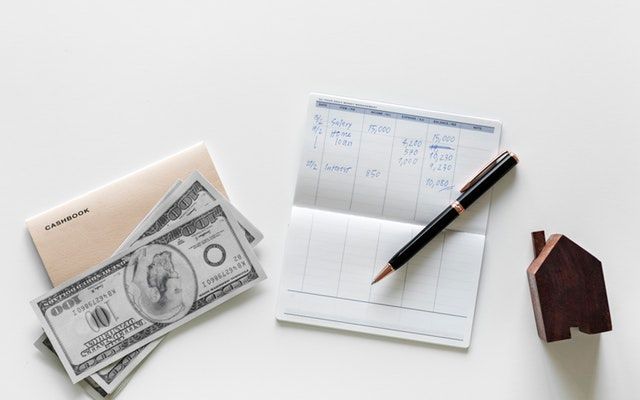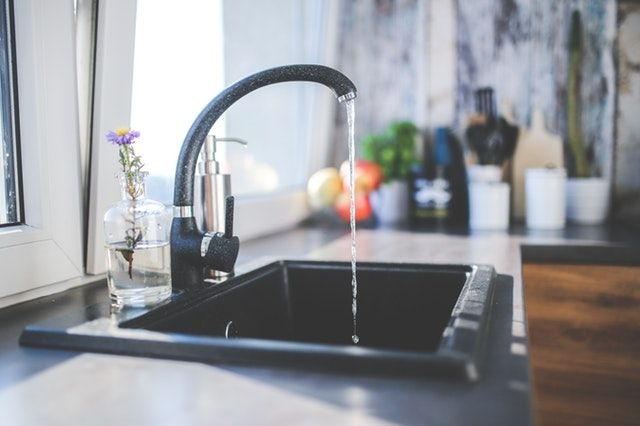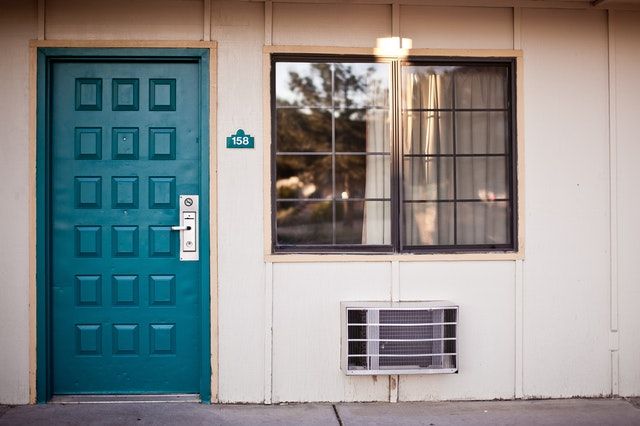When buying an investment property, a professional home inspection is absolutely necessary. Aside from home inspection prior to buying the property, regular inspections after moving in are equally important.
Regularly inspecting your investment property will help highlight most issues before it becomes expensive. Doing so will help save you money, and you’ll also be able to:
- Ensure that your tenants are complying with lease terms.
Regular inspections may help you check if your tenant is violating any terms of the lease. You will be able to check for such things as unapproved alterations to the property, criminal activities or unapproved roommates.
2. Identify needed maintenance and repairs.
Regular inspections can help identify needed maintenance and repairs. Without an inspection, minor repairs can escalate to major issues over time. What could have cost you a few dollars could end up costing you hundreds, if not thousands, of dollars.
3. Preserve your investment property’s value.
Without routine inspections, your property could lose immense value. A bad tenant could trash your unit and you would need to spend lots of money on repairs to bring it back to the rent-ready state. We've all heard of the horror stories landlords tell after they do the final walkthrough inspection.
4.Improve the landlord-tenant relationship.
A healthy relationship between you and your tenant is necessary for the success of your business. Regular inspections help improve the living quality of your tenants. Such tenants are likely to rent longer, leading to a record-low vacancy.



